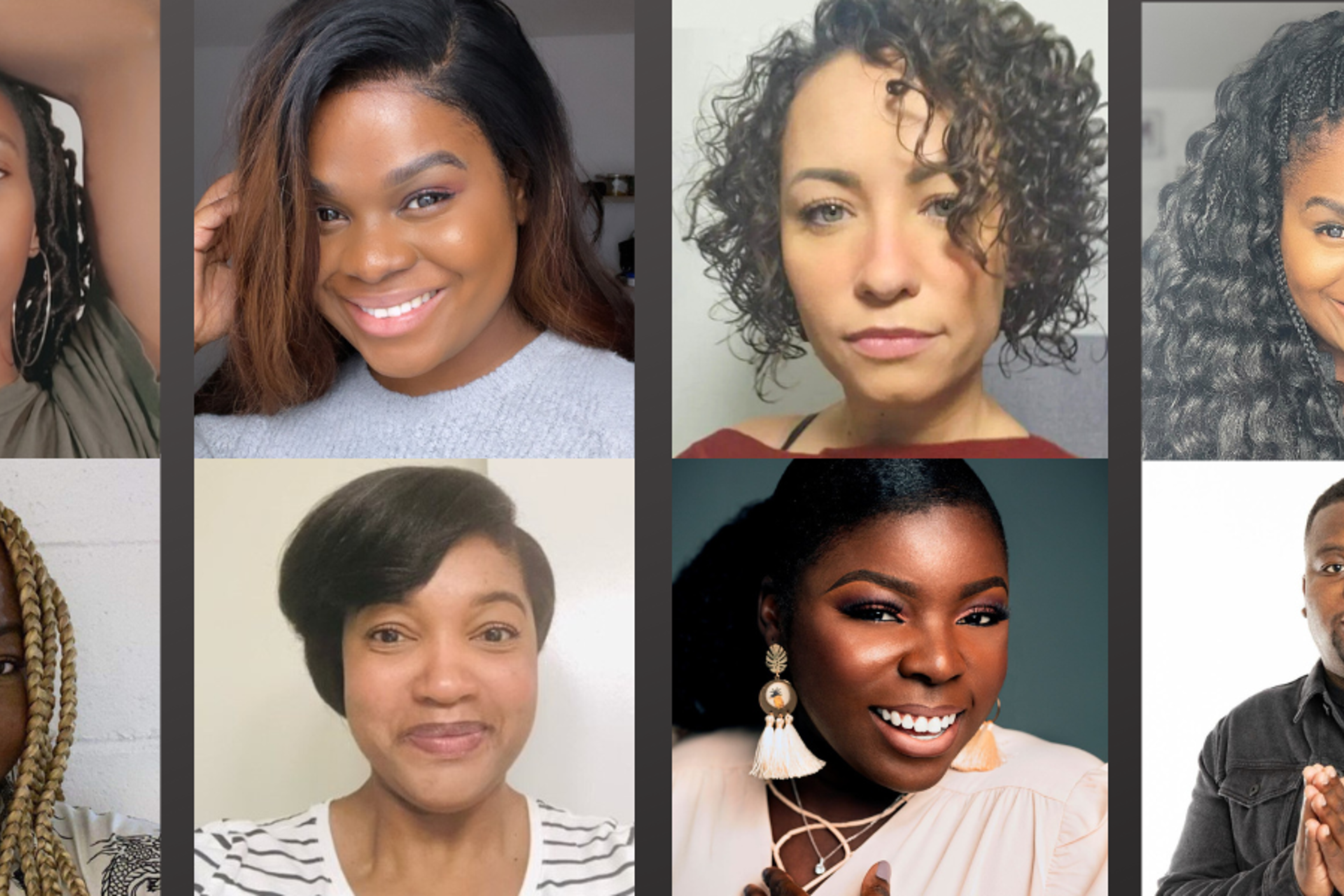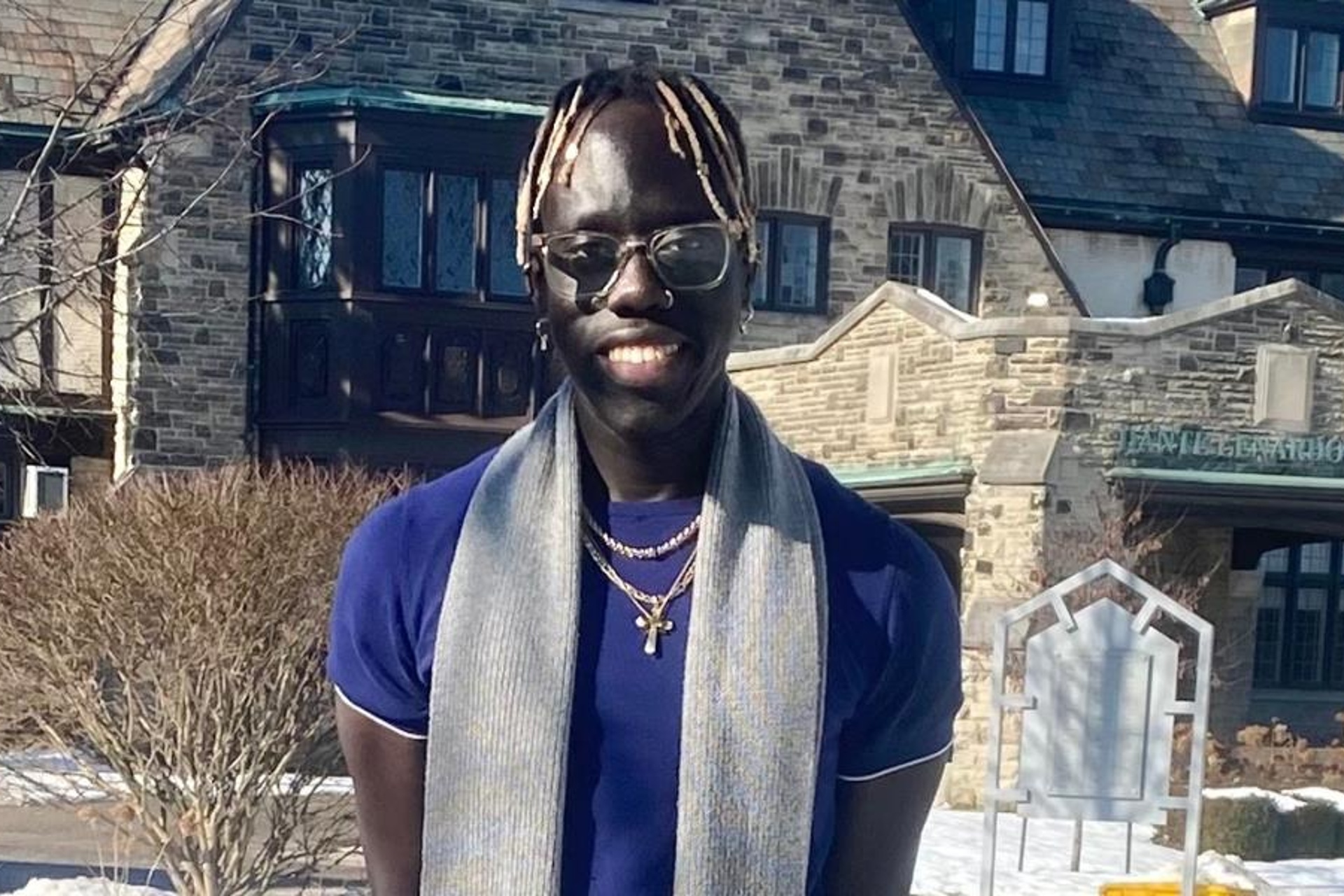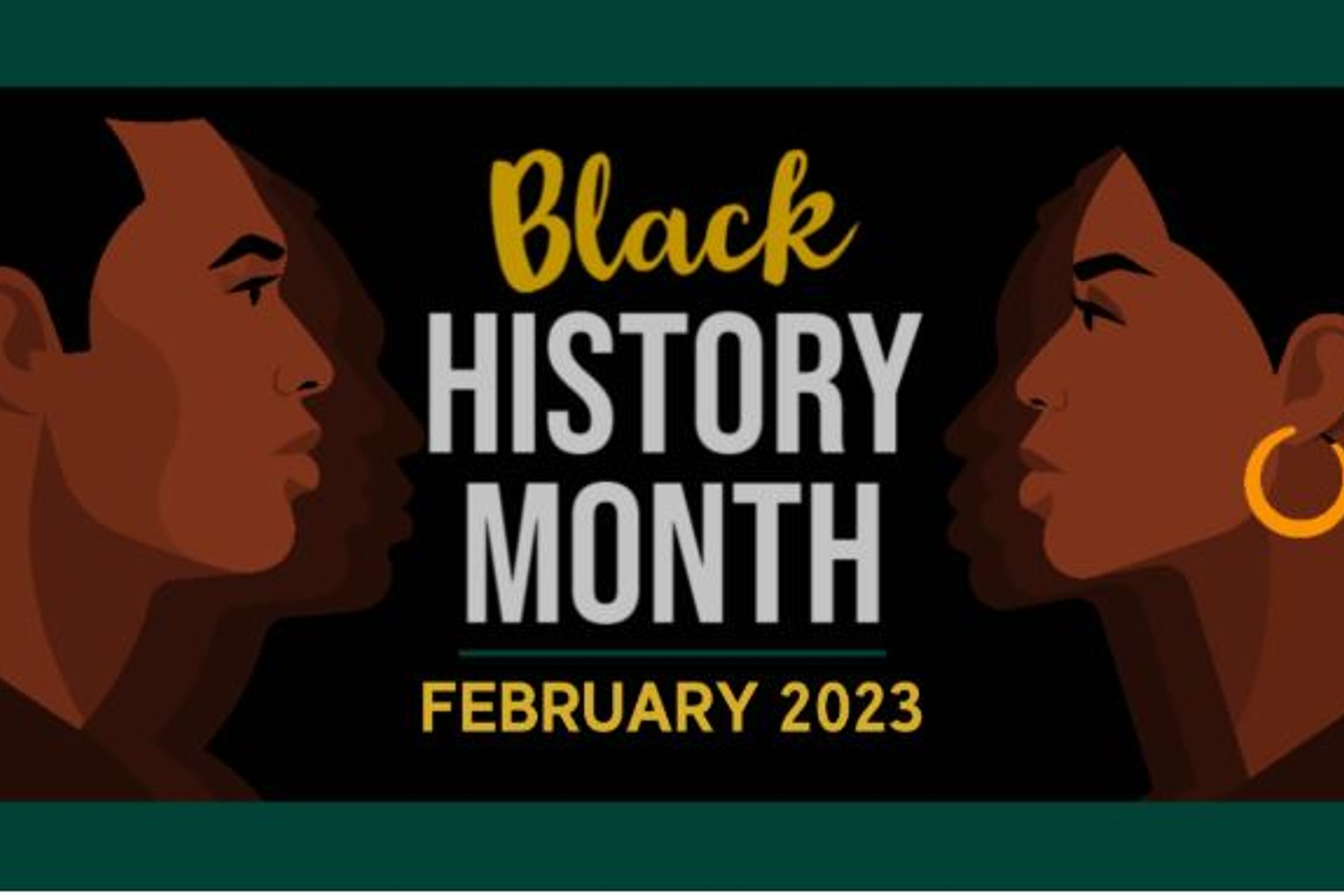Did You Know: facts for Black History Month
The story of Black History Month dates back to 1926 in the United States, when an African-American historian named Carter G. Woodson founded a week that focused on celebrating the accomplishments of African Americans.
Woodson chose a week in February because two important men were born in that month: Frederick Douglass, a former enslaved person in the 1800s who spoke out for the freedom of enslaved people, as well as equal rights for women, and Abraham Lincoln, the 16th president of the United States, who fought for the freedom of all enslaved people throughout the country.
While Woodson’s idea began as a one-week celebration, in 1976, it became a month-long event called Black Heritage Month.
In Canada, Daniel Hill and Wilson Brooks, the founders of the Ontario Black History Society (OBHS), petitioned the City of Toronto in 1978 to have a month dedicated to Black History; in 1979, Toronto issued the first-ever Canadian proclamation. The OBHS filed a petition in Ontario in 1993 to proclaim February as Black History Month. Following that success, Rosemary Sadlier, then president of the OBHS, introduced the idea of having Black History Month recognized across Canada. In December 1995, the House of Commons officially recognized February as Black History Month in Canada following a motion introduced by Jean Augustine (more about her below)
Every year there’s a different theme for Black History Month. The theme for 2024 is “Black resistance.” We can reflect on, learn about, and celebrate the ways in which Black people have resisted oppression, discrimination, and prejudice over history.
Have you ever wondered why Canada was deemed to be a safe place for formerly enslaved Black people?
Lucie and Thornton Blackburn were a couple who escaped from enslavement in Louisville, Kentucky. They initially escaped to Michigan when slave hunters found, recaptured, and arrested the couple. While they were being detained, the Blackburns escaped a second time and arrived in Canada. When the Canadian courts refused to extradite them back into enslavement in the United States, it cemented Canada’s reputation as a safe haven for formerly enslaved Black people.
London, Ontario, was on the route for the Underground Railroad and the city has a very interesting relationship with it.
Activism
Rev. Addie Aylestock was the first Black woman ordained in Canada, in 1951.
Viola Desmond – the first Black woman to appear on Canadian currency
Viola Desmond was born in Halifax in 1914. Following in the footsteps of her hard-working parents, she became an independent businesswoman. She opened the Desmond School of Beauty Culture, which gave training opportunities to Black women to help them confidently open their own businesses. Desmond is also known for the most public racialized case in Canada. In 1946, she was forcibly removed from a theatre for sitting in the "Whites Only" section. Desmond was arrested and jailed. In 2010, the government issued a posthumous official apology for her wrongful jailing and fining. In 2018, Desmond was selected by the minister of finance to be on the Canadian 10-dollar bill, making her the first Black person to appear on her own on a Canadian banknote.
Mary Ann Shadd Cary – anti-slavery activist and publisher
Mary Ann Shadd Cary was an activist, educator, publisher, and journalist. She was the first Black woman to publish a newspaper – The Provincial Freeman – in North America. As an educator, Shadd Cary established a racially integrated school for Black children in Windsor, Ontario, and as an activist, she advocated for the rights of Black people and women.
Arts
Portia White – acclaimed opera singer
Portia White was an acclaimed concert singer and performed concerts across Canada, the U.S., and Central and South America. She performed for the Queen at Charlottetown's Confederation Centre in 1964.
The Canada Black Music Archives (CBMA) was created in 2020 to provide information about Canadian Black music history that people don’t know, because historically, this information has not been comprehensively documented. Access to the CBMA is free and available to all. Visit the CBMA.
Read the Globe and Mail story about the CBMA.
Innovation
Elijah McCoy – inventor
Elijah McCoy was born to former slaves who escaped to Canada from the United States. He studied mechanical engineering in Scotland and became known for inventing a device that lubricated a train's moving parts while the train was in motion. He is also credited with inventing the portable ironing boards, and held more than 50 patents in total. McCoy died in 1929 at the age of 86.
Politics
Lincoln Alexander – the first Black lieutenant governor of Ontario
Lincoln Alexander was born in Toronto in 1922 to Caribbean immigrant parents. When the Second World War began, Lincoln was too young to enlist. Instead, he went to work in a factory where anti-aircraft guns were being made. He joined the Royal Canadian Air Force in 1942, but because of his poor eyesight he was unable to take part in combat, so he trained to be a wireless operator for the Royal Canadian Air Force. When the war was over, Alexander enroled at McMaster University, earned his degree, and then pursued his law degree from Osgoode Hall. In 1953, he joined the first interracial law firm in Canada. He became the first Black Member of Parliament in 1968 and was appointed to the Cabinet. In 1985, Alexander was chosen to be the Lieutenant Governor of Ontario, making him the first Black Canadian to be in an official position representing the British Monarchy.
Jean Augustine – the first Black woman to be elected to the House of Commons
Jean Augustine was born in Grenada in 1937. She came to Canada in 1960 through a nanny contract program. When her contract ended, she enrolled in teachers college. Augustine found her passion as an elementary school teacher and worked her way up to becoming a principal in Toronto's public school system. Augustine was also an activist in Toronto's Caribbean communities – she volunteered in organizations to help bring awareness to immigrant and women's rights, and about drug abuse and poverty, and spoke out against violence against women, She was elected as a Member of Parliament in 1993, making her the first Black woman to be elected to the House of Commons. She was also the first Black person appointed to the federal cabinet. Augustine was responsible for the act designating February as Black History Month in Canada.
Michaëlle Jean – Canada’s first Black governor general
Haitian-Canadian journalist and filmmaker Michaëlle Jean became Canada’s first Black Governor General. As the Queen’s representative in Canada, she advocated for marginalized communities. Shortly after she completed her mandate as governor general, in 2010, Haiti experienced a devastating earthquake. Jean served as the United Nations Educational, Scientific, and Cultural Organization (UNESCO) Special Envoy for Haiti to support the country’s recovery efforts.
Arielle Kayabaga was the first Black woman to sit on London's city council; she was elected in 2018. She was elected the Member of Parliament for London West in 2021.
Harold Usher was the first Black councillor in London, Ontario; he was elected in 2001.
sports
Willie O’Ree – the first Black hockey player in the National Hockey League
Willie O'Ree was born in Frederiction in 1935, the youngest of 13 children. His grandparents came to Canada through the Underground Railroad to escape slavery in the United States. When he was growing up there were only two other Black families in Frederiction. From an early age, O'Ree loved playing hockey and became involved in organized sport. As he grew older the "colour barrier' was becoming more noticeable to him. He later moved to Quebec and then Ontario to play. When playing for the Kitchener Canucks, he was badly injured by a puck that hit his eye. Despite suffering a 95% vision loss, O'Ree was determined to play for the National Hockey League (NHL), so he kept his injury secret because an NHL rule states that players who are blind in one eye cannot play. In 1958, Willie became the first Black hockey player to play a game in the NHL.
Despite experiences of racism, O'Ree continued to play and later became NHL's Director of Youth as well as an ambassador for NHL Diversity. He was recognized for his dedication and skill with the Order of New Brunswick and the Order of Canada. In 2018, he was inducted into the Hockey Hall of Fame.
Bruny Surin – Olympic gold medalist
Bruny Surin captured a gold medal in the 4x100-metre relay at the 1996 Summer Olympics in Atlanta. Surin, who retired after competing for 17 years, now runs the Bruny Surin Foundation.
Read "These trailblazing Black athletes transformed Canadian sports" at The Conversation.
Learn more about Black history, people and events
- 10 Black Canadians Who Played a Big Role in Canadian History
- 23 Historical Black Canadians You Should Know
- Black Canadian Heroes Who Have Paved The Way For Future Generations
- Black Settlement in Ontario
- Chatham-Kent Black Historical Society
- Congress of Black Women of Canada, London Chapter
- Historic Black Canadians
- Honouring Black Canadians in Science and Technology
- London Black History Coordinating Committee (LBHCC)
- Ontario Black History Society (OBHS)
- Rediscover Black History in Ontario




